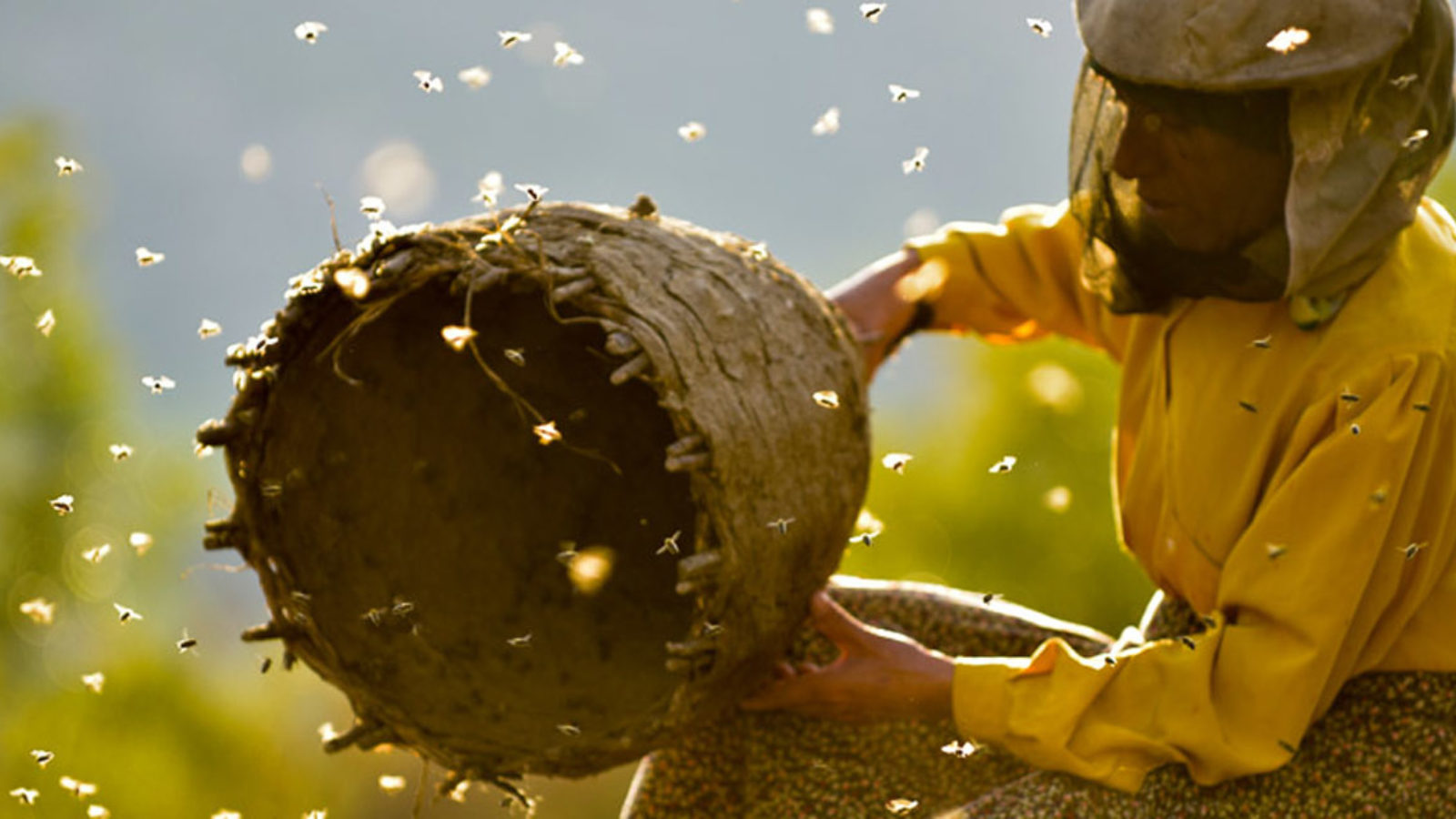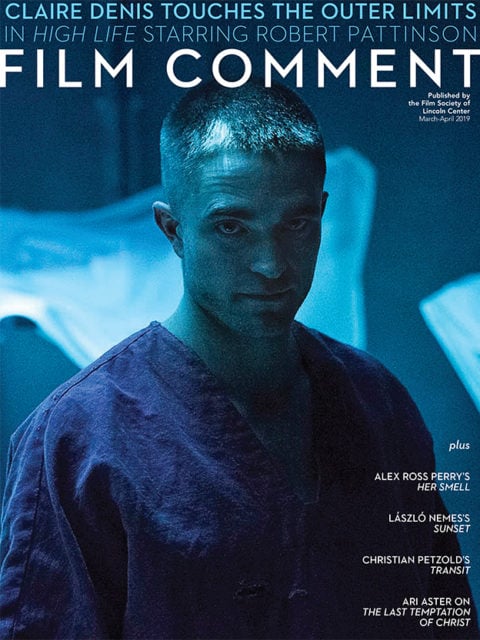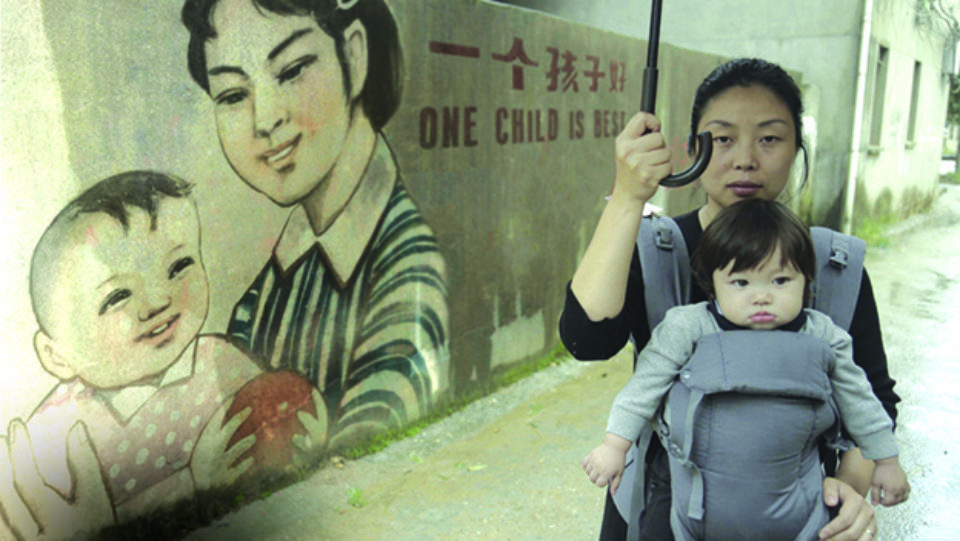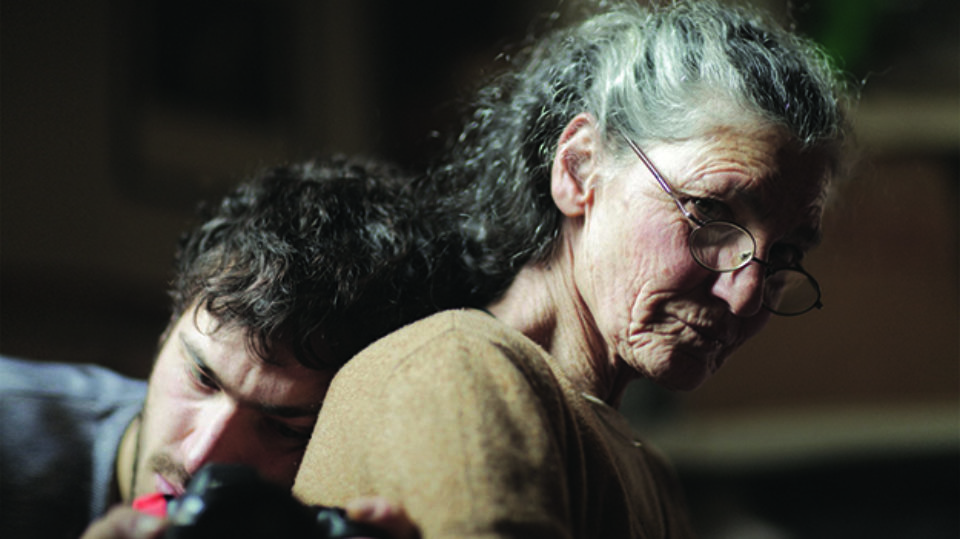
The Truth Hurts
Throughout the 2019 Sundance film festival, the image that stayed in my mind is of a tall, agile woman with a weather-beaten face scaling a treacherous cliffside path, with gold and green hills far below her. The woman is Hatidze Muratova, believed to be the last female wild beekeeper in Europe, and the place is a corner of the Balkans, where this vivid, resilient 50-year-old; her nearly blind, bedridden mother; their dog; and their cat live in a stone house with no running water or electricity in an otherwise deserted village.

Ljubomir Stefanov and Tamara Kotevska, the makers of Honeyland, followed Hatidze for three years, accumulating 400 hours of footage. She was happy to have her ancient method of honey-gathering recorded for TV although her only telecommunications device is a shortwave radio. Hatidze tends the hives without gloves, calling out the bees with piercingly high cries. As they swarm around her, she reaches inside to extract the honeycombs, always leaving half for the bees to feed on during the winter. Had the film been a simple portrait of a woman whose practice is a model for fair sharing between producers (the bees) and users (the gatherers), it would have been extraordinary, but drama erupts with the arrival of the Sams, an itinerant family with seven children, two trucks, and a herd of cattle, who turn out to be the neighbors from hell. Hussein, the patriarch of the extended family, wants to do some beekeeping, but rather than following Hatidze’s method, he takes all the honey, leaving his bees to starve—and then, having not made his quota, he pillages Hatidze’s hives, so that her bees, too, die off. Stopping short of tragedy, this exemplary, moving work of direct cinema comes full circle, with Hatidze again alone, tapping into crevices in search of new bees. Honeyland won the World Documentary Grand Jury prize, and its cinematographers, Fejmi Daut and Samir Ljuma, were recognized as well for their rapturously beautiful images captured in daunting (bee-swarming) circumstances.
Progressive politics, most notably the politics of diversity, have always been the hallmark of Sundance, but since the 2016 election, resistance to the right has become more urgent. This year, slightly over 40 percent of the 112 feature films were directed or co-directed by women, and more often than not, in both the documentary and narrative (i.e., fiction) categories, the strongest work, regardless of the gender of their makers, focused on women and women’s issues. Long a Sundance favorite, Nanfu Wang returned with her third nonfiction feature, One Child Nation, which won the U.S. Documentary Grand Jury Prize. More horrific than any movie in the Midnight section, Wang’s film investigates the lasting effects of China’s one-child policy, which was instituted in the late 1970s as a means of coping with overpopulation and was relaxed in 2013 when the state realized that it had created an even worse problem: an aging population with a shrinking workforce. Wang grew up in a poor rural community in China during the one-child era, although her family was given an exemption to have a second child after five years. She taught herself English, won a scholarship to further her studies in the U.S., but soon switched from literature to journalism. For her first feature, Hooligan Sparrow (2016), she returned to China to follow the titular human rights activist as she organized demonstrations against a middle-school principal who pimped students as young as 13 to local honchos. But it was not until she became a mother that she began to think about the effect of forced sterilization and abortion on women. Traveling again to China, she and her co-director Jialing Zhang investigated the lasting effect of totalitarian state control of women’s bodies. One Child Nation is a film about choice but implicitly it’s also about propaganda—how the majority of Chinese, including members of Wang’s family (and Wang herself) were brainwashed into thinking that for the good of the Chinese nation, population had to be regulated by the state. I asked Wang if she was concerned that the documentary, specifically the horrific images of nearly full-term fetuses lying in garbage dumps, would be co-opted in the U.S. by the anti-abortion right. Surprised, she answered that it should be evident that the film exists to support a woman’s right to choose. I doubt that the congressmen who leapt to their feet to applaud the red meat about abortion in our dust-heap-of-history President’s State of the Union address will see the film her way.

One Child Nation (Nanfu Wang, 2019)
Sundance embraces heroines, both behind the camera and on the screen. Last year, it was Justice Ruth Bader Ginsburg who created a stir when she attended the premiere of Betsy West and Julie Cohen’s documentary portrait RBG. This year, it was Alexandria Ocasio-Cortez, who Skyped into a screening of Rachel Lears’s Knock Down the House, a useful and occasionally thrilling how-to on running for Congress as a complete novice. Lears’s best call was to make AOC one of the four women candidates she followed. Knock Down the House won the Festival Favorite award.
I’ll add to my list of heroines Benedetta Barzini, an Italian 1960s supermodel who became a leftist feminist and mother to four children, one of them Beniamino Barrese, a photographer and filmmaker, whose The Disappearance of My Mother was one of the most moving and complex films at Sundance. Barrese has been photographing his mother since he was a child (even before he had seen her Vogue covers and her fashion spreads by Penn and Avedon). With this documentary, he attempts to capture her ambivalence about her own beauty—too easy for it to become social currency—and about what cameras do, even when the person behind the lens is her son. “The real me is not photographable,” she tells him. But still he wants to capture her image as a hedge against their inevitable separation. He films her crawling out of bed in the morning, washing her face—under the wrinkled skin, the strength and symmetry of her bone structure is extraordinary. Here she is riding a bike to the college where she teaches young women about the history of fashion and the image of women in art. And here she’s in a heavy, black, lace-embellished gown, walking a runway for Simone Rocha. Why does she do it? For pocket change? To meet up with old friends? To prove to herself that she can walk with even more concentration and elegance than she did 50 years ago? Or to give her son something interesting to shoot? The Disappearance of My Mother is a gift of love, shared by mother and son, and extended to everyone who watches.
Nick Broomfield’s Marianne & Leonard: Words of Love documents a (slightly) more conventional romance, that between Leonard Cohen and Marianne Ihlen, the Norwegian woman he met on the Greek island of Hydra, before he became a singer. They lived together for most of the ’60s and then on and off for a while until the relationship fell apart only to be mutually acknowledged again when they both were at the end of their lives. Broomfield delivers his voiceover narration with his usual matter-of-factness, which only underscores how remarkable and impossible this love affair was for both people.
You can’t go wrong at Sundance if you stick to documentaries. In 2014, five years after they made their Oscar-nominated short, The Last Truck: Closing of a GM Plant, Julia Reichert and Steven Bognar’s American Factory returns to the same Ohio factory site, which had been bought by Fuyao, a Chinese company that manufactures automotive glass. Partly financed by U.S. tax breaks, Fuyao sets up an experiment in international togetherness. The plant is staffed with both American and Chinese workers and managers, but it soon becomes clear that it’s either the Chinese way or the highway. Many former GM employees took jobs at Fuyao for less than half of their GM salaries. It was better than unemployment, but they soon realize that Fuyao cares nothing about workers’ safety or well-being. A vote to unionize fails because Fuyao threatens to close the plant rather than accept the UAW. Workers are fired without cause. After the initial excitement about learning through cultural difference, the American and the Chinese workers discover they are incompatible. The Americans cannot comprehend or accept the Chinese workers’ unquestioning loyalty to and veneration of Fuyao, and beyond the company, China itself. The Chinese workers believe that the Americans are selfish and undisciplined. (American Factory, which won the U.S. Documentary Directing Award, would make a great double bill with One Child Nation.) In one of the film’s final scenes, Chinese managers discuss automation and how many workers they will be able to lay off in the coming months. Reichert and Bognar had remarkable access; Fuyao invited them in seemingly with no awareness of how much exposure the company faced. But, curiously, the documentary has no ending. Admittedly, the filmmakers had been editing until days before the premiere. Still, at the least, they could have supplied a title card explaining that Fuyao now has four factories in the U.S.

The Disappearance of My Mother (Beniamino Barrese, 2018)
Two compelling bad-guy portraits, Alison Klayman’s The Brink (about Steve Bannon) and Matt Tyrnauer’s Where’s My Roy Cohn, deserve more consideration than I have space for here. Though narrowly cast, both show you things you didn’t know about these menaces to progressive society. But no documentary provoked more conversation and Google searches than Mads Brügger’s Cold Case Hammarskjöld. As in all his documentaries, Brügger outfits his investigation with true-crime TV tics and Theater of the Absurd setups. By underscoring what seems beyond belief, Brügger teases out a counter-reaction in the viewer—that the case he puts together could very well be true. The film begins with the investigation of the 1961 plane-crash death of Dag Hammarskjöld, Secretary General of the U.N. The circumstances of Hammarskjöld’s demise have been considered suspicious for nearly 60 years. But in going over old ground, Brügger focuses on SAIMR, a paramilitary organization, whose white supremacist leader two decades later may have engineered part of the spread of HIV in South Africa in order to exterminate the black population. There’s an obvious appeal for conspiracy theorists, but even for someone more cautious in ascertaining truth, Cold Case Hammarskjöld is hard to shake.
Of the dramatic narratives, I’m sorry I missed Chinonye Chukwu’s Clemency, which won the U.S. Narrative Grand Jury prize, and Kirill Mikhanovsky’s Give Me Liberty, which I suspect has the formal daring that most Sundance fiction films lack. That kind of daring is also present in Joe Talbot’s debut feature, The Last Black Man in San Francisco, a heart-wrenching, at moments exultant piece of poetic realism, based on the actual experience of Jimmie Fails, a wonderful actor who plays a character named for himself. Jimmie and his best friend Montgomery (Jonathan Majors) have been dispossessed by gentrification of the homes and neighborhood where they grew up and which they endowed with their creativity and life force. When they skateboard across a city that is now almost entirely wealthy and white, they see a dead planet, and we are overwhelmed by the loss of what this film lovingly reimagines.
On the festival’s opening day, Robert Redford announced that he was stepping aside to allow Sundance Institute Executive Director Keri Putnam to take over the whole shebang. He showed up on stage at the awards ceremony, but I thought about him most as I watched Scott Z. Burns’s The Report, a film that doesn’t quite have the brio of All the President’s Men, but as an investigative thriller comes very close, thanks to brilliant writing and a performance by Adam Driver that combines the heady, adrenaline-charged excitement of Redford and Dustin Hoffman as Woodward and Bernstein. The Report isn’t about the Mueller investigation, but it could be a preview of obstacles faced by those who want to make Mueller’s findings public. Driver plays Senate staffer Daniel Jones, who was charged by Senator Dianne Feinstein (Annette Bening) with investigating the “enhanced interrogation policy” the CIA adopted after 9/11. Sometimes the Sundance high is deceiving, but I’m rooting for The Report to kick up a storm when it’s released later this year.







